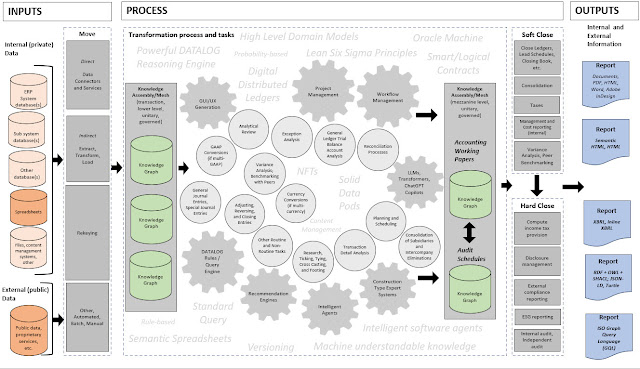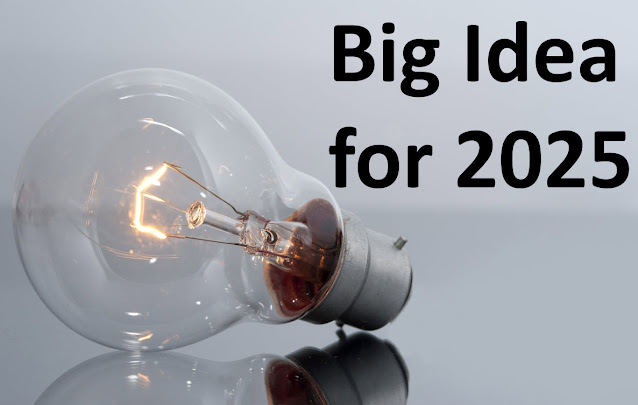Getting Started with Luca Suite

Luca Suite is a cloud-based product of Pacioli.ai that can be used to create XBRL-based report models and reports. This overview and getting started guide can help you understand and start using the application. To use the application press the "LAUNCH APP" button in the upper right hand corner of the web page. I created and am making available some Excel and JSON import files that can be used for the exercises below or in general to help you get started using this software application. If you are more ambitious, grab this partial set of my conformance suite . This getting started exercise uses one of several different approaches to getting information into a tool for constructing and viewing XBRL-based knowledge graphs . Luca Suite supports my Seattle Method for creating high-quality XBRL-based reports . If you are trying to figure out how to register or login, use this registration and login getting started guide to work through that . Summary of Getting St...











